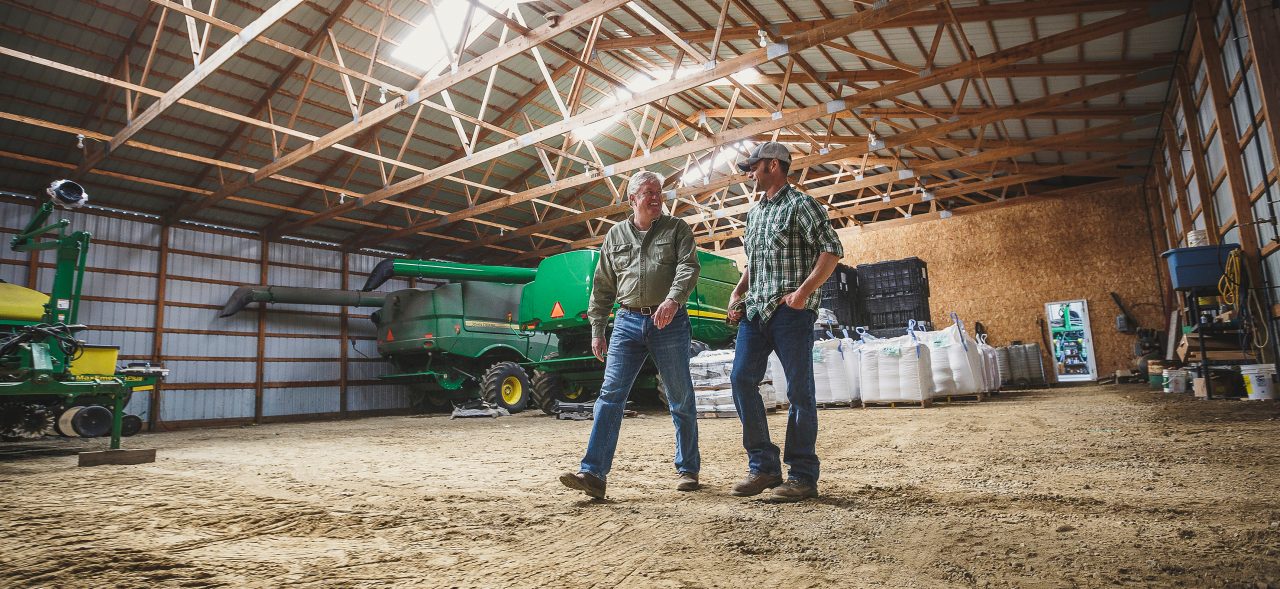Planning Articles
Your child's education. Early retirement. Your forever home. No matter what your goals are, we have a wealth of educational tools and resources to help you.

Want additional help?
Knowledge is power. Stay informed so you can make smart decisions along your insurance and financial journey.
Ready to start?
Start online, find a local rep or call us at 866-COUNTRY (866-268-6879). We'll help you find solutions that work for you.

COUNTRY Financial® is a family of affiliated companies (collectively, COUNTRY) located in Bloomington, IL. Learn more about who we are.
COUNTRY® Capital Management Company is registered with the Securities and Exchange Commission and the Municipal Securities Rulemaking Board (MSRB). An investor brochure describing protections that may be provided by MSRB rules and how to file a complaint with an appropriate regulatory authority is available at www.msrb.org.
For 529 plans, investors should consider the investment objectives, risks, charges and expenses associated with municipal fund securities before investing. More information about municipal fund securities is available in the issuer’s official statement. The official statement should be read carefully before investing.
The information contained here is general and should not be considered legal or tax advice. Laws of a particular state and your particular situation may significantly affect the general information presented here. The availability of the tax or other benefits mentioned here may be conditioned on meeting certain requirements. State tax deductions mentioned here may only be available if you invest in a 529 plan offered by the state in which you reside. COUNTRY Financial and our representatives cannot give tax or legal advice. You should consult your attorney or tax advisor regarding your specific legal or tax situation.
529 College Savings Plans offered by each state differ in options and benefits. The plan for you depends on your specific objectives and circumstances. Please consider each plan's investment options, fees and state tax implications.
Registered Broker/Dealer offering securities products and services:
COUNTRY® Capital Management Company, 1711 General Electric Rd, PO Box 2222, Bloomington, IL 61702-2222. tel 866-551-0060. Member FINRA. Read our Customer Relationship Summary and Investor Handbook.




